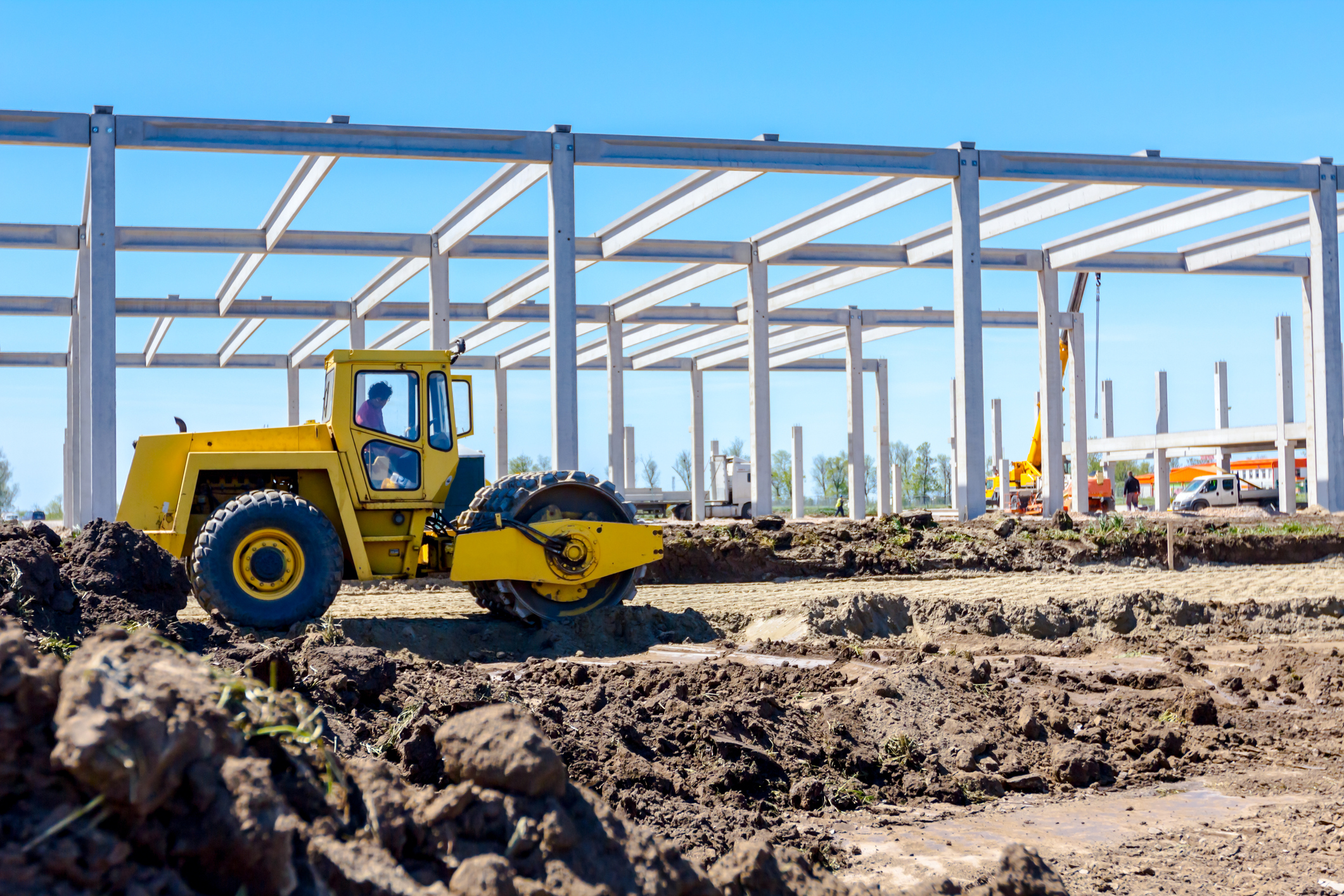Heavy Equipment Hazards on Construction Sites – 8 Safety Tips to Live By
Construction job sites are busy and often hazardous places. They commonly involve the movement of heavy equipment that can lead to injuries involving being struck by accidents and being caught in or between accidents. According to the Occupational Safety and Health Administration (OSHA), these are two of the top four (or “fatal four”) causes of fatalities on construction job sites. This equipment includes excavators, bulldozers, graders, and more. Following safe practices decreases the risks of heavy equipment accidents on construction sites.
Controlling Heavy Equipment Hazards
Heavy construction equipment can be dangerous when not used properly, or when workers are not trained to understand and avoid the hazards of heavy equipment. Workers must be made aware of the dangers associated with equipment operation, and they must take steps to mitigate potential accidents.
But there are some common hazards when it comes to heavy equipment. Here are some of the helpful safety tips that can help all those working around heavy equipment:
Before You Start the Engine…
Train Your Team
Ensuring equipment operators are properly trained will reduce the chance of accidents and injuries. Operators must be trained on the specific machine they’re using and they must know the equipment’s limitations.
Inspect & Maintain Your Equipment
Every heavy equipment operator should inspect their machine on a regular basis. This includes a pre-start walk around where obvious issues are discovered and fixed before they become problems. Every machine should have maintenance performed on a regular, scheduled basis. Preventive maintenance is an important part of overall safety performance and should never be left until a machine fails and someone gets injured.
Wear your PPE
Immediate safety risks around heavy equipment are noise, dust, and heat. Proper hearing, breathing and thermal protection go a long way to reducing personal health and safety issues. And wearing a high visibility safety vest will ensure equipment operators can see you.
Wear your seat belt
Always wear the manufacturer-installed seat belt or harness when operating equipment. Seat belts restrain an operator in the event of a rollover or side tipping. Being thrown from a machine and run over can be avoided by simply wearing the seat belt.
While Operating Equipment…
Identifying and controlling construction job site hazards is an ongoing battle. Often, situations change on a site as work progresses, and it’s important to make workers aware of evolving conditions.
8 Safety Tips for Operating Heavy Machinery
Keep Eye contact
Monitor communication
Avoid the line-of-fire
Use spotters
Mark the danger zones
Know your surroundings
Use three-points of contact
Brake and blocking
KPA EHS Helps Construction Companies Stay Safe
KPA has the tools and resources to ensure that your worksite is a safe environment for all involved. Manage your safety program in an all-in-one system designed to engage your employees, instill a culture of safety, and enable regulatory compliance. Contact us today, and we can show you how.

